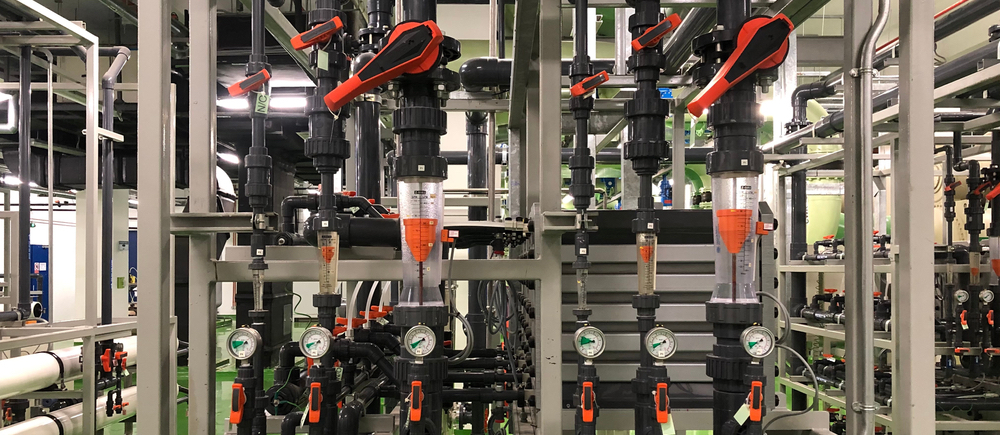stainless steel angle globe valve
The Stainless Steel Angle Globe Valve An Essential Component in Fluid Control
In the realm of industrial applications, the choice of valves plays a pivotal role in ensuring reliable and efficient fluid control. Among various types of valves, the stainless steel angle globe valve stands out as a favored option for numerous industries, including oil and gas, chemical processing, water treatment, and HVAC systems. This article explores the features, benefits, and applications of stainless steel angle globe valves, illuminating their significance in modern engineering.
Understanding the Angle Globe Valve
The angle globe valve is designed with a unique structure that allows for increased efficiency in flow control. Unlike traditional globe valves, which align the inlet and outlet in a straight line, the angle globe valve features a 90-degree turn in its design. This configuration helps to reduce the pressure drop across the valve, leading to improved flow characteristics and minimizing turbulence.
Material Advantages Stainless Steel
The choice of material is crucial when selecting a valve for specific applications. Stainless steel is highly regarded for its excellent corrosion resistance, strength, and durability. This makes it an ideal material for valves that operate in harsh environments, where exposure to corrosive substances can lead to premature failure. The stainless steel angle globe valve can withstand high temperature and pressure, making it suitable for heavy-duty applications in various industries.
Key Features and Benefits
1. Flow Control The primary function of a globe valve is to regulate flow. The angle design enhances flow control and allows for fine-tuning of fluid dynamics, making it ideal for applications where precise control is necessary.
2. Versatility Stainless steel angle globe valves are available in a variety of sizes and pressure ratings, accommodating a wide range of flow requirements. Their versatility enables them to be utilized in numerous settings, from pipelines to refinery applications.
stainless steel angle globe valve

3. Leakage Prevention The design of the globe valve minimizes the likelihood of leakage due to its robust sealing mechanism. This is particularly important in hazardous environments where leakage could lead to serious safety concerns.
4. Ease of Maintenance Stainless steel angle globe valves are generally easy to maintain. Their straightforward design facilitates quick disassembly and reassembly, allowing for efficient servicing without extensive downtime.
5. Aesthetic Appeal In addition to functional benefits, stainless steel offers an aesthetically pleasing finish. This is an important consideration in applications where visible components contribute to the overall appearance of the facility.
Applications in Various Industries
Stainless steel angle globe valves find applications across a spectrum of industries. In the oil and gas sector, they are utilized to control the flow of crude oil, natural gas, and refined products. In chemical processing, these valves manage the flow of corrosive chemicals, ensuring safety and operational efficiency. In water treatment facilities, angle globe valves help to regulate the flow of water through filtration and treatment processes.
Additionally, HVAC systems benefit from the use of stainless steel angle globe valves in managing the flow of heating and cooling fluids, contributing to energy efficiency and comfort in buildings.
Conclusion
The stainless steel angle globe valve represents a critical component in contemporary fluid control systems. Its unique design, coupled with the advantages of stainless steel, provides improved flow regulation, durability, and ease of maintenance. As industries continue to seek reliable and efficient solutions for their fluid handling needs, the angle globe valve remains a cornerstone technology, ensuring that operations run smoothly and safely in a variety of applications. As we move forward, the advancements in valve technology will undoubtedly pave the way for even more innovative solutions in fluid control.
-
The Key to Fluid Control: Exploring the Advantages of Ball Valves in Industrial SystemsNewsJul.09,2025
-
The Versatile World of 1, 2, and 3 Piece Ball ValvesNewsJul.09,2025
-
Stainless Steel Ball Valves: The Ideal Choice for Efficient Flow ControlNewsJul.09,2025
-
Optimizing Fluid Control with Ball Float ValvesNewsJul.09,2025
-
Manual Gate Valves: Essential for Control and EfficiencyNewsJul.09,2025
-
Everything You Need to Know About Butterfly ValvesNewsJul.09,2025
-
The Versatility of Wafer Type Butterfly ValvesNewsJul.08,2025




